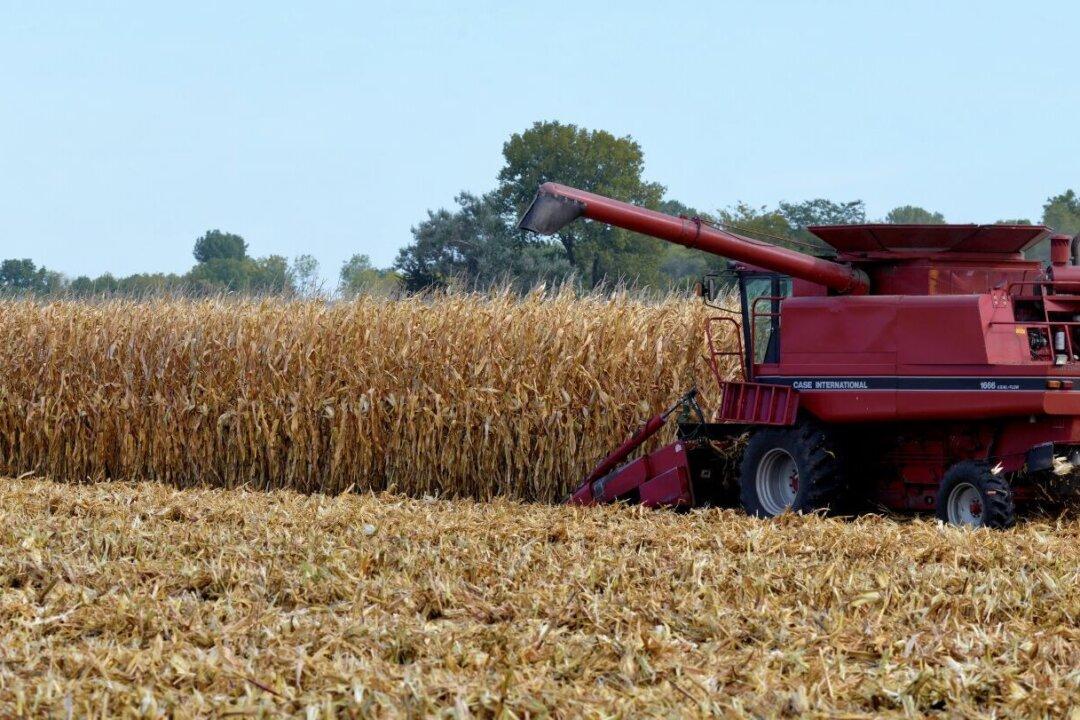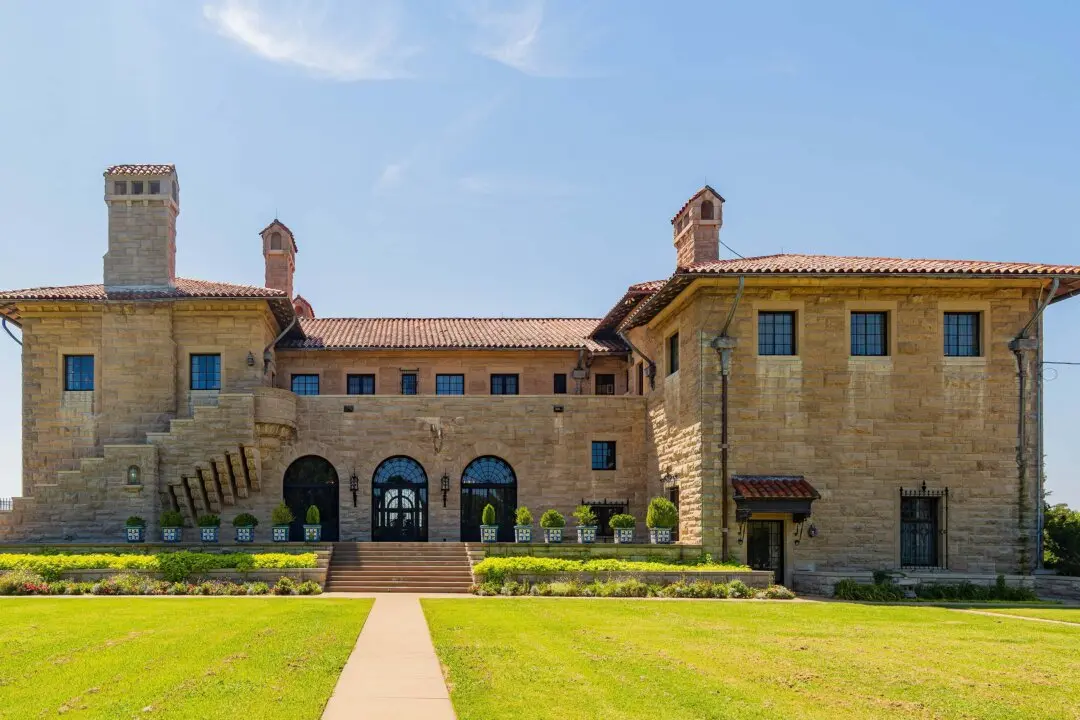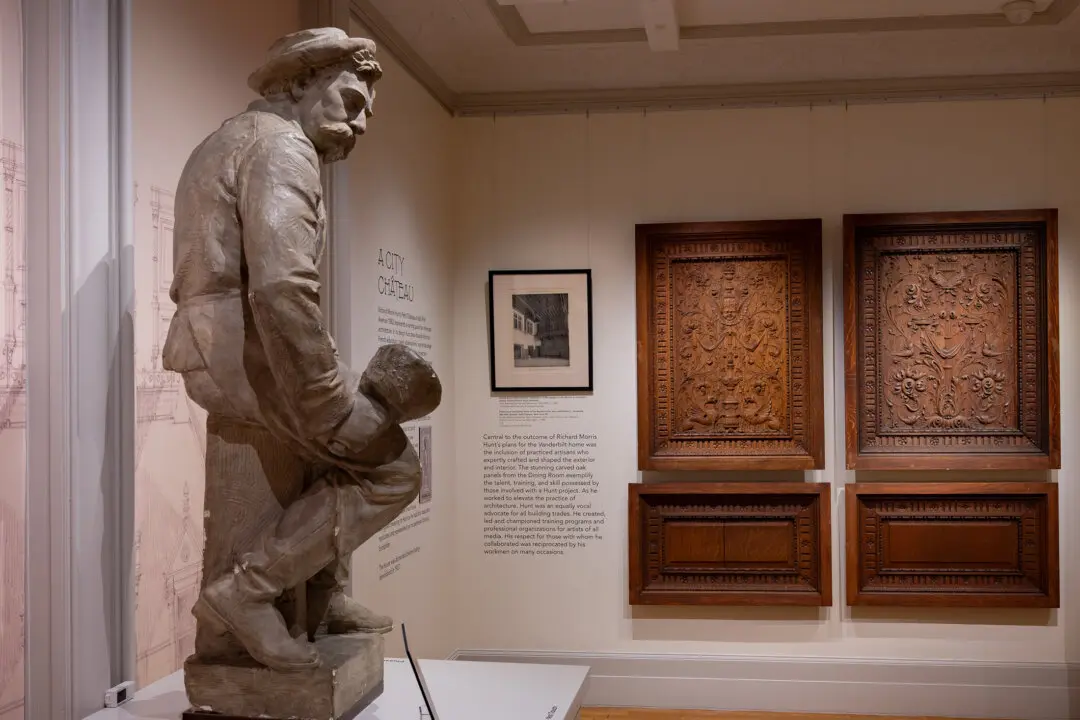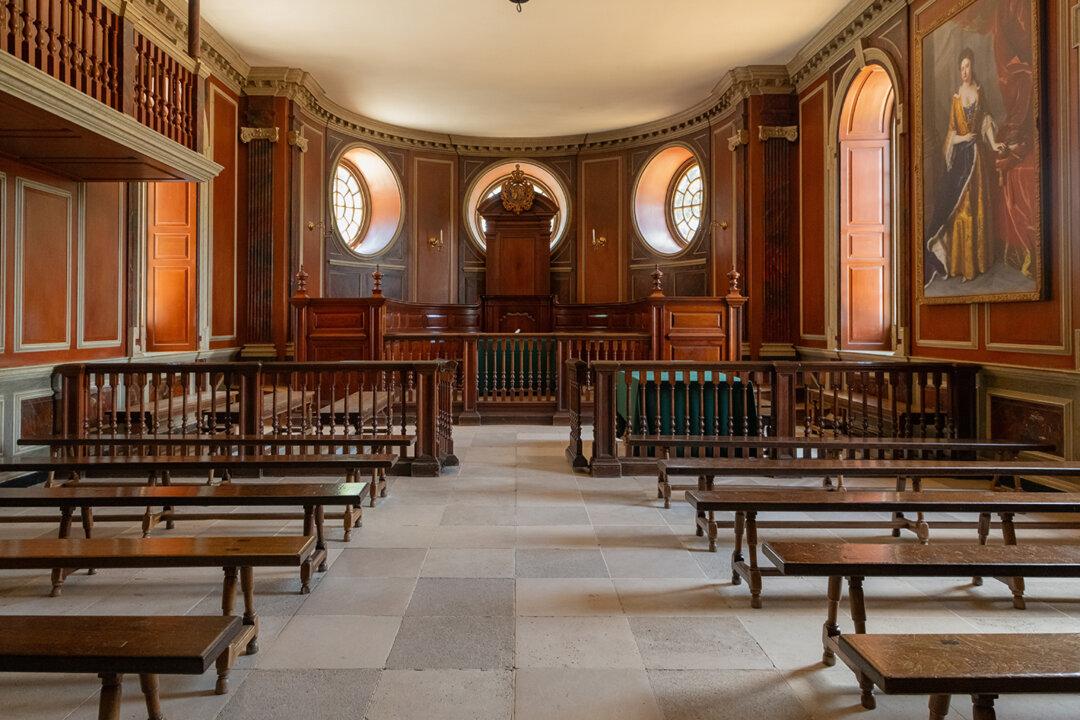“Indomitable perseverance in a business, properly understood, always ensures ultimate success.”—Cyrus McCormick, inventor and industrialist
Walnut Grove does not appear to be a place where much history was made, particularly history that forever changed the face of American agriculture. It is a peaceful farm like so many others in the Great Valley Region of Virginia. There is the big brick farmhouse and a handful of stone and log outbuildings in Walnut Grove, as well as a small mill and a shop with a forge that stand just down the hill from the main house.The buildings are a beautiful example of what farms looked like in the 19th century. It was here that Robert McCormick, with his bride, Mary Ann Hall McCormick, emigrated from Great Britain. In 1809, their son Cyrus was born, the first of eight children.





